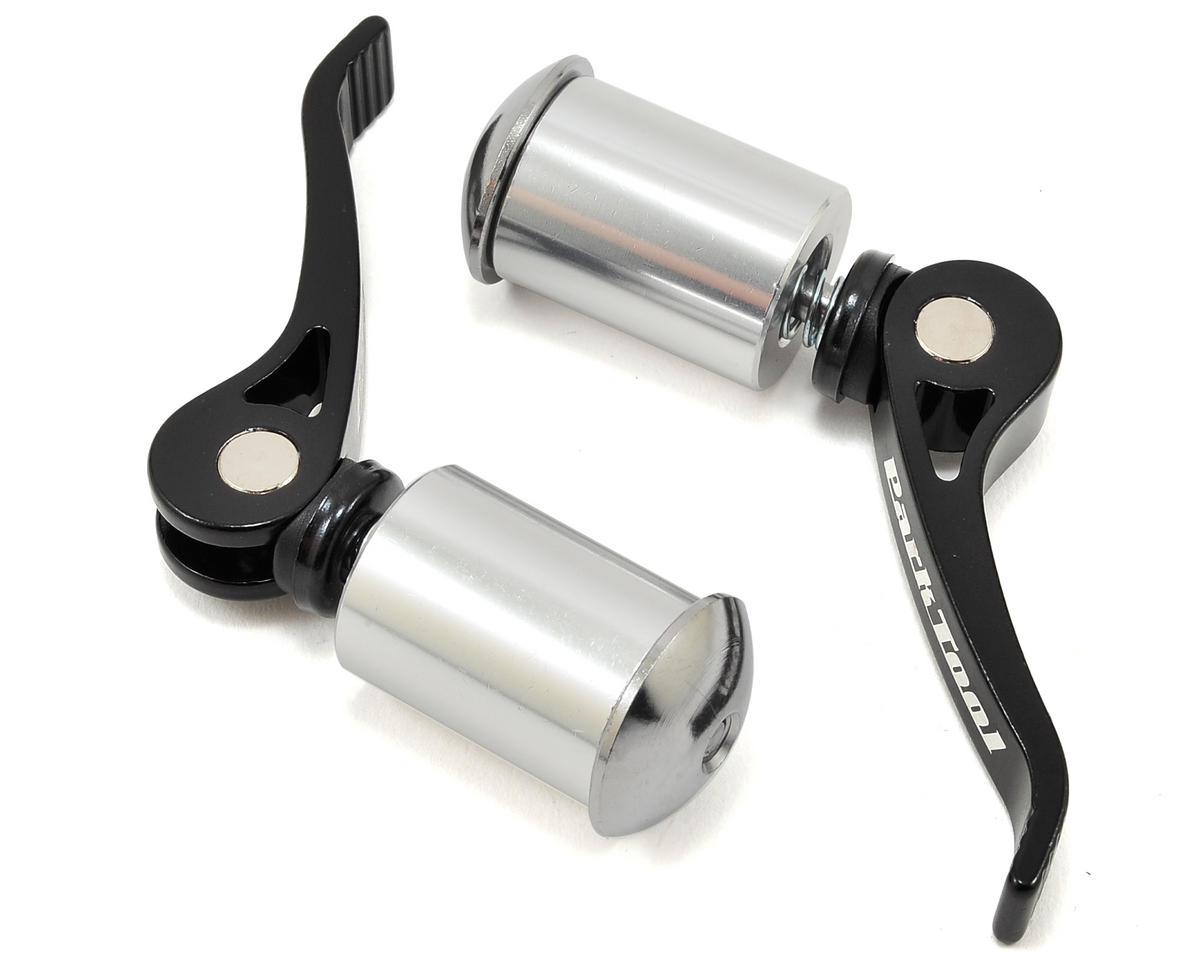- This topic has 23 replies, 20 voices, and was last updated 5 years ago by .
Viewing 24 posts - 1 through 24 (of 24 total)
-
Roger Musson’s Truing Stand – potential flaw or actually a good idea?
-
Viewing 24 posts - 1 through 24 (of 24 total)
The topic ‘Roger Musson’s Truing Stand – potential flaw or actually a good idea?’ is closed to new replies.


